Enterprises need to buy physical servers and other infrastructure through procurement processes that can take in months and also support the architecture of cloud computing. The system requires a physical space, specialized room with good power and also support of architecture of cloud computing. The main acquired system require a physical space, mainly specialized room with sufficient power and cooling. Once organising and deploying the systems, enterprises requires expert personnel to manage them. This long process will be difficult to scale when demand will spikes or business expands. These enterprises have more computing resources than required ending up with low utilization numbers.
Cloud computing is on-demand computing resources as a service over the internet. It also removes the need of enterprises to procure, configure or manage resources to use.
How cloud computing works?
Cloud computing service models will depend on the concept of sharing on-demand computing resources, software and information over the internet. Companies have access as a virtual pool of shared resources that includes compute, storage and network resources located on remote servers that are owned and managed by service providers.One of the many advantages of cloud computing is that is pay for what we use. This allows organisation to scale many faster and also more efficiently without any burden of having to buy and maintain their own physical data centers and servers. The cloud computing may be network to link users to a cloud platform as they request and access the computing services. The central server will handle all the communication between client device and servers to facilitate the exchange of data. Security and privacy features will common components to keep this information secure and safe.When adopting cloud computing architecture we have no one size that fits all. This flexibility of cloud will provide enterprises to adapt changing markets.
There are three different cloud computing models:
a)Public cloud-This run by third party cloud service providers. They offer computation,storage and network resources over the network resources and internet, enabling companies to access shared on demand resources based on the unique requirements and business goals.
b)Private cloud-Will be built,managed and owned by a single organisation and privately will be hosted in the data centers. They are commonly known as “on-premises”.They provide greater control,security and management of data through enabling internal users to benefit from a shared pool of compute,storage and network resources.
c)Hybrid clouds-These will combine public and private cloud models, by allowing companies to leverage public cloud services and also maintain the security and compliance capabilities commonly will be found in private cloud architectures.
What are the benefits clouds computing?
1. It is flexible-By the architecture of cloud computing, enterprises and their users will access cloud services from anywhere with the internet connection, scaling services up or down will be needed.
2. Its efficient-The enterprises will be develop new applications and rapidly will get them into production without worrying about the underlying infrastructure.
3. It offers strategic value –As cloud providers will stay on top of latest innovations and also offer them as services to customers, enterprises can get more competitive advantages and also higher return on investment.
4. It is secure-The enterprises will ask what are the security risks of cloud computing? The less cloud computing security verified as stronger that in enterprise data centers as of depth and breadth of the security mechanisms cloud providers security teams will be known as top experts in the field.
5.Its cost effective-The cloud computing service model will be used,enterprises will pay for the computing resources they use.
Questions
1.What is cloud computing?
2. What are the purpose of cloud computing?
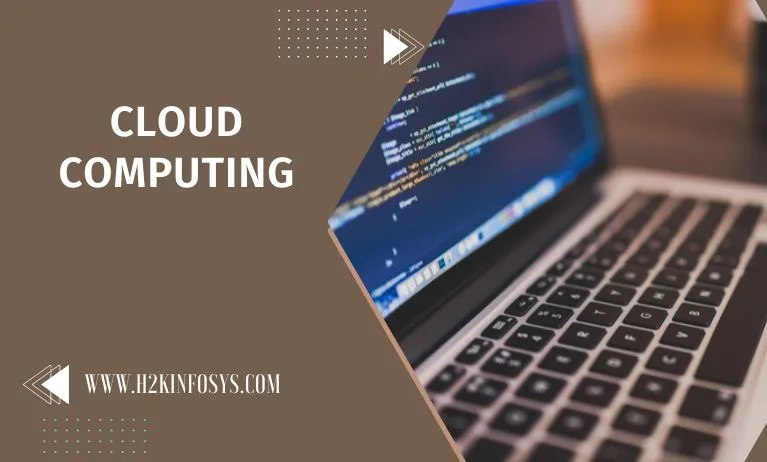

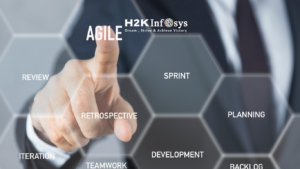



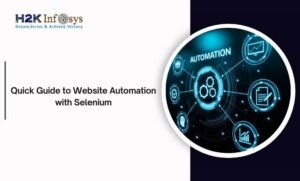
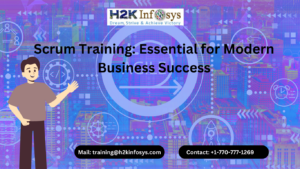











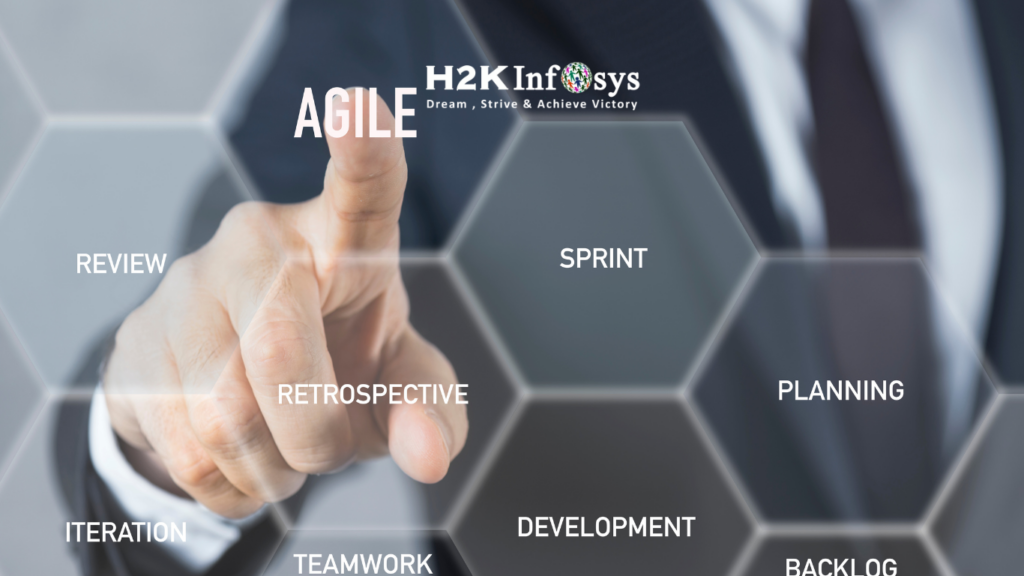


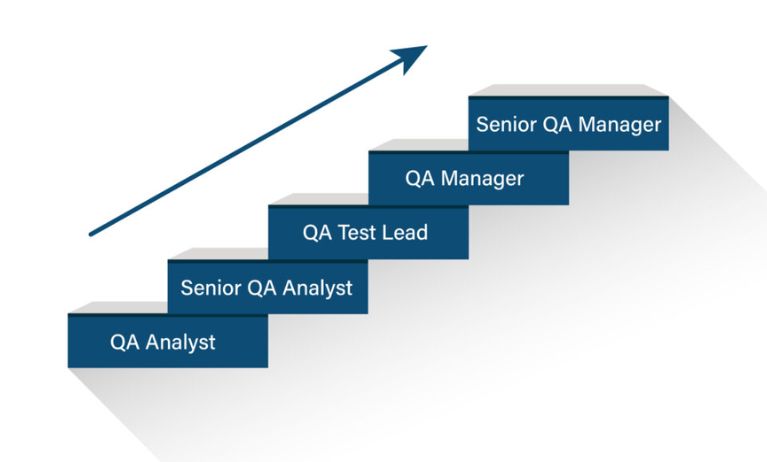

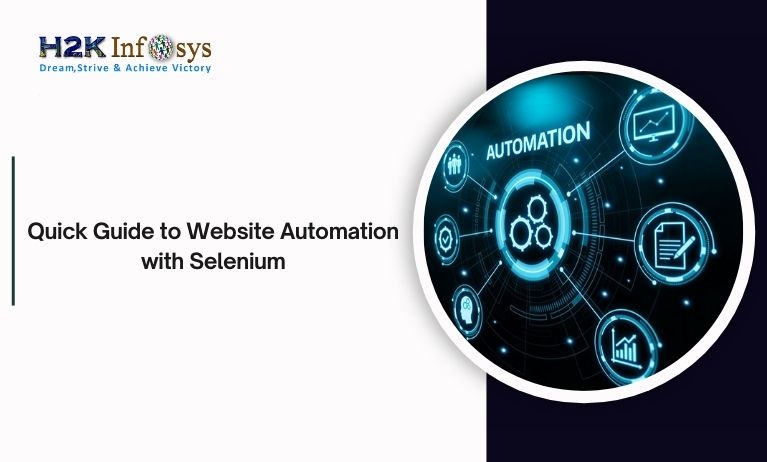

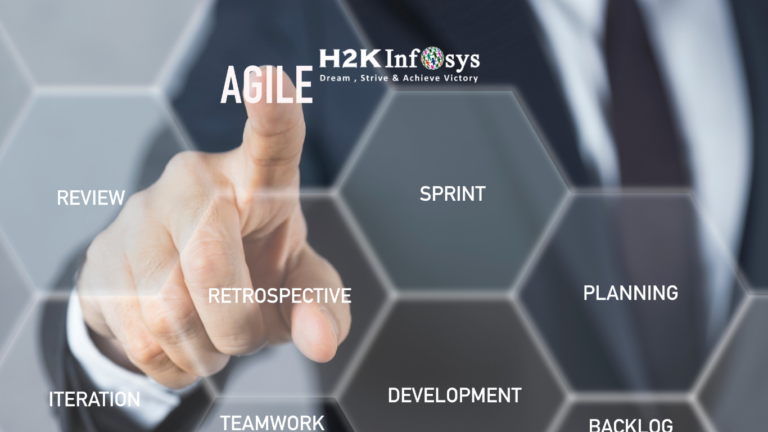


3 Responses